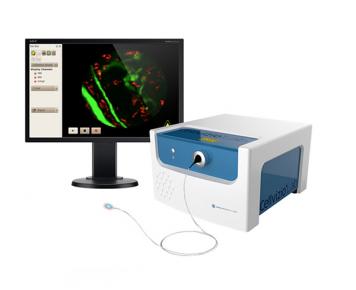Most human proteins possess amyloidogenic segments, but only about 30 are associated with amyloid-associated pathologies, and it remains unclear what determines amyloid toxicity. Gallardo et al. designed vascin, a synthetic amyloid peptide, based on an amyloidogenic fragment of vascular endothelial growth factor receptor 2 (VEGFR2), a protein that is not associated to amyloidosis. Vascin recapitulates key biophysical and biochemical characteristics of natural amyloids, penetrates cells, and seeds the aggregation of VEGFR2 through direct interaction. They found that amyloid toxicity is observed only in cells that both express VEGFR2 and are dependent on VEGFR2 activity for survival. Thus, amyloid toxicity here appears to be both protein-specific and conditional—determined by VEGFR2 loss of function in a biological context in which target protein function is essential.
Read more











